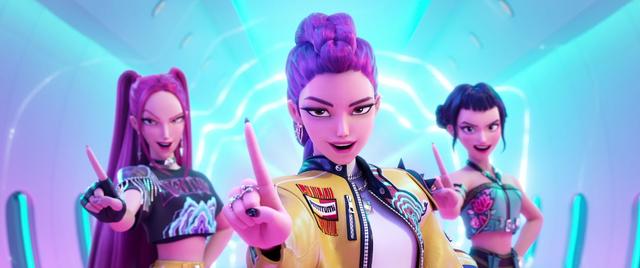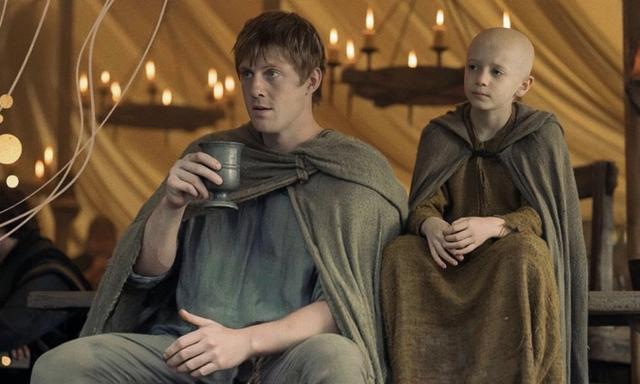If you click on a link and make a purchase we may receive a small commission. Read our editorial policy.
"You have to go physical" Picking the brains of the designers behind Star Wars LEGO
At Star Wars Celebration, Popverse visited the Lego Star Wars Q&A and Meetup where LEGO designers answered questions from the audience

I was walking around the con floor on Saturday at this year's Star Wars Celebration when an amplified voice from the LEGO booth caught my attention. I made my way through the masses moving through the hall and saw a panel answering questions from a small, but captive audience. On the panel were three LEGO Star Wars team designers: design director Jens Kronvold Frederiksen, designer César Carvalhosa Soares, and designer Michael Lee Stockwell. I only came in about halfway through the discussion, but I had plenty of time to pick up some interesting tidbits about the design process behind the world's most recognizable bricks.

Most intriguing detail first— have you, while putting together a LEGO set, ever noticed a little leftover brick that is sometimes included with the spare pieces, one that's usually a bright color that doesn't quite fit with the rest of the spares? Well, there may be two reasons for this mysteriously colored LEGO. "That is for a better searching flow. If there are other elements, it enhances the building experience," Soares says. Having a brightly colored brick in the mix of a mass of grey helps a builder's eye scan the pile and find the piece they're looking for more efficiently. But Soares also adds, "… or it's [the designer's] favorite color." So apparently, these bricks (or at least their color) can serve as a designer's signature as well.
One fan asks when the piece count begins to influence the designing process. Frederiksen answers that piece count comes in from the start, as it is mostly determined by the target price point of the set. Though "It's not something that is 100%," he shares. If a build could be made exponentially better with more pieces, there's flexibility for the designers. Stockwell follows up by pointing out that piece count can be misleading. There are certain sets where a great effect can be made if there are a bunch of single 1x1 pieces making up a body of water, and there are sets where one big piece can lend essential stability. In both these cases, piece count isn't directly tied to how cool the set looks or how difficult it might be to build.
I asked how designers decided which new elements had to be made, and what that process was like. Fredricksen answered that most new elements created when it came to the Star Wars series were actually minifigures for new characters. But regarding the other elements that need to be made, "We try to make them as generic as possible," so that those pieces can be used in other lines and in other contexts (especially for people who build outside of set plans and want to find other uses for those pieces).

A fan asks what the designers think about builders who open up all the bags and dump them into one big pile and build that way. None of the designers seem to have heard of what a host calls a "chaos build," but they seemed more than a little shocked that anyone would subject themselves to that experience. Frederiksen said, "I would certainly not recommend that for an Ultimate Collectors Model." Stockwell smiled and shrugged when he added, "If that's what you like to do, go for it."
One last fascinating question from the audience related to what percentage of the LEGO set design process is physical as opposed to digital. Stockwell answers, "It's different today than it was three years ago… the Covid situation has influenced things." The builders used to work with physical bricks from Day One throughout the 'sketch phase,' and after establishing a working model, they'd move the design to digital. But, during the early days of the pandemic, and with the following new working conditions, designers would have to start their process digitally. When working digitally from the start, however, it's easy to run into unforeseen problems. Sometimes a build that would seemingly work in the digital design can lack actual stability when physically built. As Stockwell concludes, "You have to go physical, because that's the experience we want you to have in the end."
To read more of Popverse's coverage of Star Wars Celebration, check out our coverage roundup.
Follow Popverse for upcoming event coverage and news
Find out how we conduct our review by reading our review policy
Let Popverse be your tour guide through the wilderness of pop culture
Sign in and let us help you find your new favorite thing.
















Comments
Want to join the discussion? Please activate your account first.
Visit Reedpop ID if you need to resend the confirmation email.